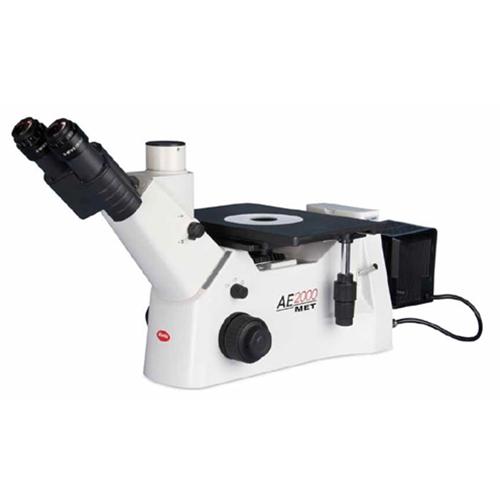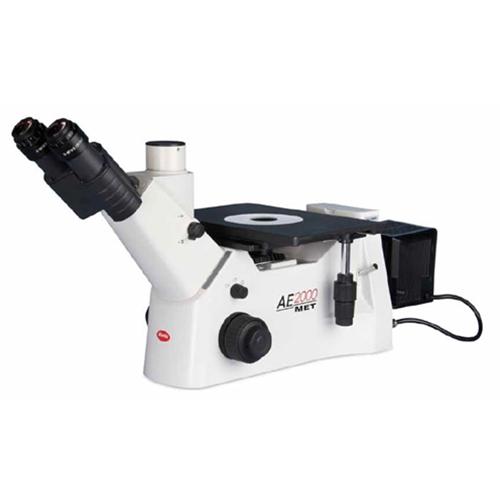The stereo microscope is an extremely useful instrument for performing tasks that require magnification in three dimensions and the ability to perceive depth. Stereo microscopes present new opportunities for research, industry, and recreational activities, ranging from the assembly of electronic components to the examination of specimens. In spite of this, how to choose a microscope can appear to be a challenging task due to the wide range of models that are available. Both researchers and hobbyists will benefit from this comprehensive guide because it will help them understand the essential factors that should be considered how to choose a microscope.

The Range of Magnification
The available magnification levels are extremely diverse, typically ranging from 7x to 120x or even higher. Ten to thirty times the power is sufficient for general inspection and assembly of small parts, whereas thirty to sixty times the power is required for electronic soldering. Higher magnifications, ranging from 60 to 120 times, make detailed microscopy applications possible. For the purpose of selecting the optimal range, you should first determine the typical working distances and sample sizes. With zoom lenses, you have more control options.
Objective Lenses
The maximum magnification you can achieve is determined by objective lenses. Benchtop models typically have objectives that are either 13mm or 20mm in size, with 30-70x or 15-45x magnification and respectively. Boom arms with larger 25-40mm objectives can achieve 7-15x magnification. Adjust the diameter of your objective to correspond with the expected working distances and sample apertures in order to achieve unobstructed views. Anti-reflection coating improves the amount of light that is transmitted.
Length of Work Distance
Before attempting to position tools, adjust lighting, or avoid touching specimens, it is important to ensure that there is a sufficient working distance between the objective and the sample plane.63-114mm distances are ideal for close-up work, while 130-180mm distances are longer and provide more room for maneuvering. Adaptable working distance objectives are designed to meet a wide range of requirements.
The region of viewIn most cases, the image area captured or the field of view captures a range of 25-57 millimeters. Because they encompass more context, wider fields of 25-40mm are useful for tasks that require an overview. The 35-57mm field of view magnifies smaller objects while enhancing their level of detail. Your applications require that you select a balance that is appropriate.
When used for visual observation, eyepieces magnify the objective image even further. Eyepieces typically come in either a 10x or 16x magnification.10x allows for a more relaxed viewing experience, while 16x allows for a higher resolution. Models that have eyepieces that can be swapped out allow for flexibility upgrades in the future. There are some that have tubes for cameras.
Type of Stand
Models can be stabilized on worksurfaces up to sixty times by using benchtop stands. Microscopes can be suspended on counterbalanced arms using boom stands, which allow for hands-free viewing at 60-120x magnification and precise manipulation. In designated work areas, floor stands allow for viewing at a power of 100-150 times. Think about the space you work in.
The specimens are illuminated from the sides by means of gooseneck arms by means of incandescent halogen, fiber optic, and LED light sources from the illumination. When compared to LEDs, halogen or fiber optics provide a more brilliant illumination, while LEDs are both cooler and more durable. Contrast is optimized through the use of integrated light intensity controls. Shadow-free viewing is made easier by models that have two different sources of light.
Additionally, the attached camera ports and trinocular head tubes make it possible to take photographs or videos of the documentation. Instantaneous sharing is made possible by models that are compatible with smartphone stereo microscope coupler technology. Depending on the documentation requirements, select the camera interface that you prefer.
A budgetThe cost of a stereo microscope supplier can range anywhere from a few hundred dollars to more than ten thousand dollars for different research-grade options. The appropriate budget level can be determined by taking into consideration the available features, the quality of the optics, the magnification range, the intended uses, and the replacement intervals.


